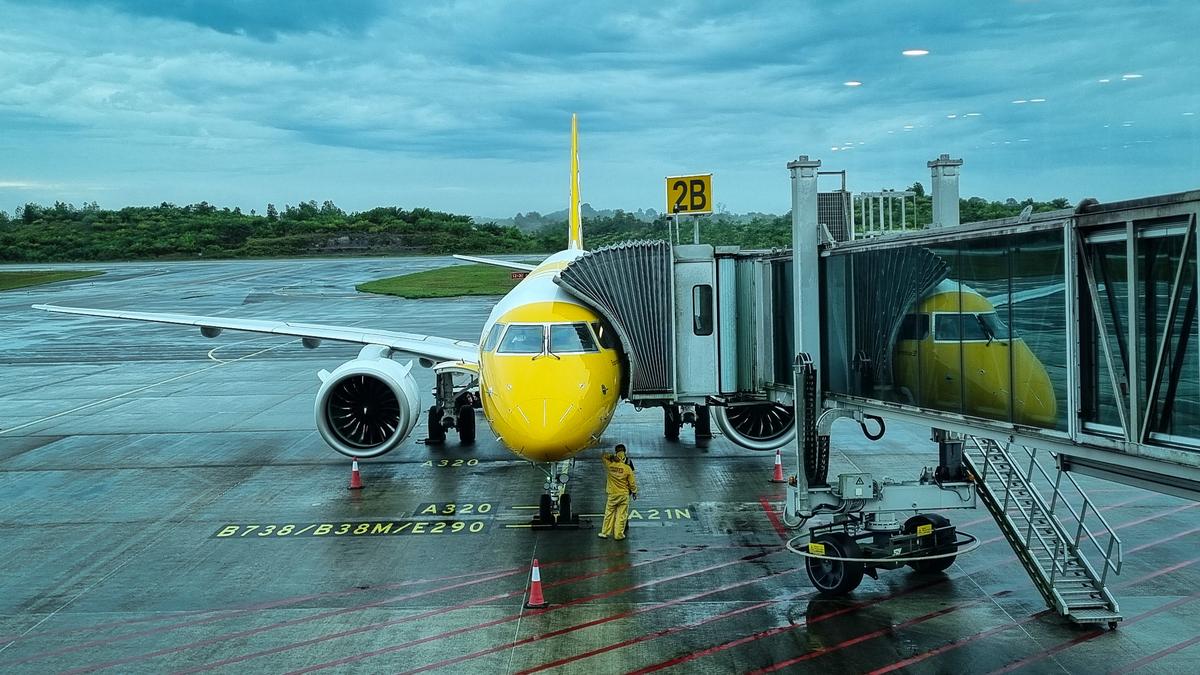
The Sibu Airport is expected to witness an increase of a maximum of 300 passengers per week with the start of Scoot’s new service.
| Photo Credit: Adithya Narayan
Scoot, a subsidiary of Singapore Airlines, will be offering non-stop services from Singapore to Malaysia’s Sibu starting with the inaugural flight that took off on June 5. With three weekly flights to the city on Borneo Island, the budget carrier plans to serve visitors from the Asian financial hub, who form the third biggest group of tourists to the city.
Borneo is the third largest island in the world after Greenland and New Guinea. It comprises the tiny nation of Brunei along with Indonesia’s Kalimantan State, and Malaysia’s Sabah and Sarawak States. Sibu and Miri, which belong to Sarawak, and Kuantan, part of peninsular Malaysia, are served by Scoot’s Embraer E-190 E2 aircraft from Singapore.
In the process, the Embraer E2 will play second fiddle to Scoot’s fleet of Boeing 787s and Airbus 320s, flying to non-metro secondary cities that also include the likes of Hat Yai, Krabi and Koh Samui in Thailand. The addition of the 112-seater aircraft to the fleet is part of Scoot’s plan to increase regional connectivity.
The airline plans to capitalise on Singapore’s proximity to Borneo, which can improve accessibility to cities on the island. The company is also counting on the new air route to bolster its operations at the Singapore hub.
For Sarawak, it is an opportunity to showcase its culture. Malaysia’s biggest State‘s demography is a mix of 34 ethnic tribes such as the Ibans and the Malay population. In comparison, Sibu has a strong Fuzhou presence — the people who migrated from Fuzhou in China. This eclectic mix can work in favour of Sibu and Sarawak for it offers visitors a glimpse of multiple cultures on a single trip.
The Sibu airport currently handles over 2,000 passengers a day. Officials at the Sarawak Trade and Tourism Office Singapore (STATOS) believe this number can go up by a maximum of 300 passengers per week with the start of Scoot’s services. They believe Sibu’s relatively lesser-known stature also works in its favour as it makes the city more affordable and exciting compared to other popular destinations in Southeast Asia.
Going forward, Scoot is observing and monitoring the number and type of visitors travelling to and from Sibu to adjust flight frequencies to better match supply to demand.
The writer was in Sibu at the invitation of Scoot





